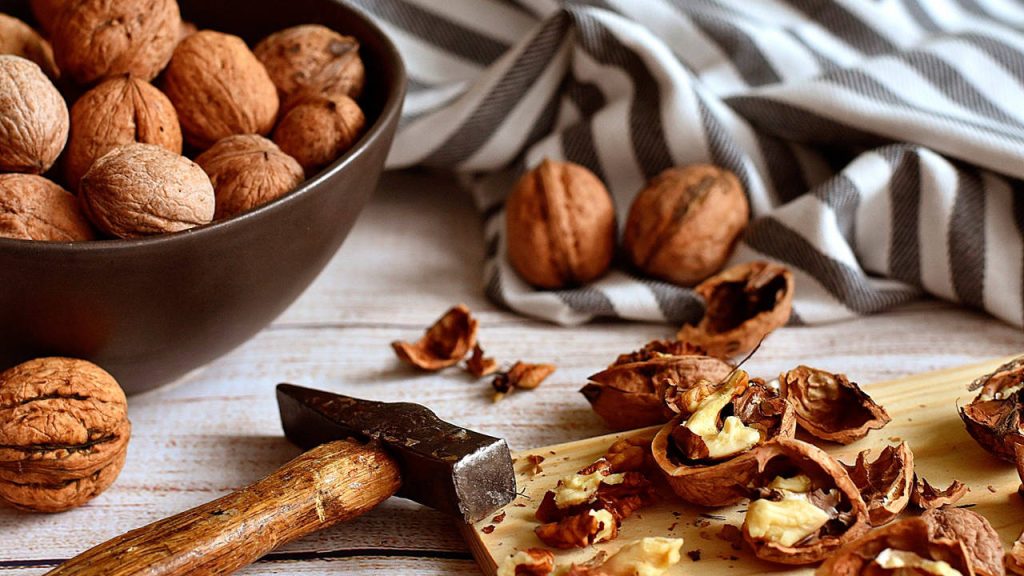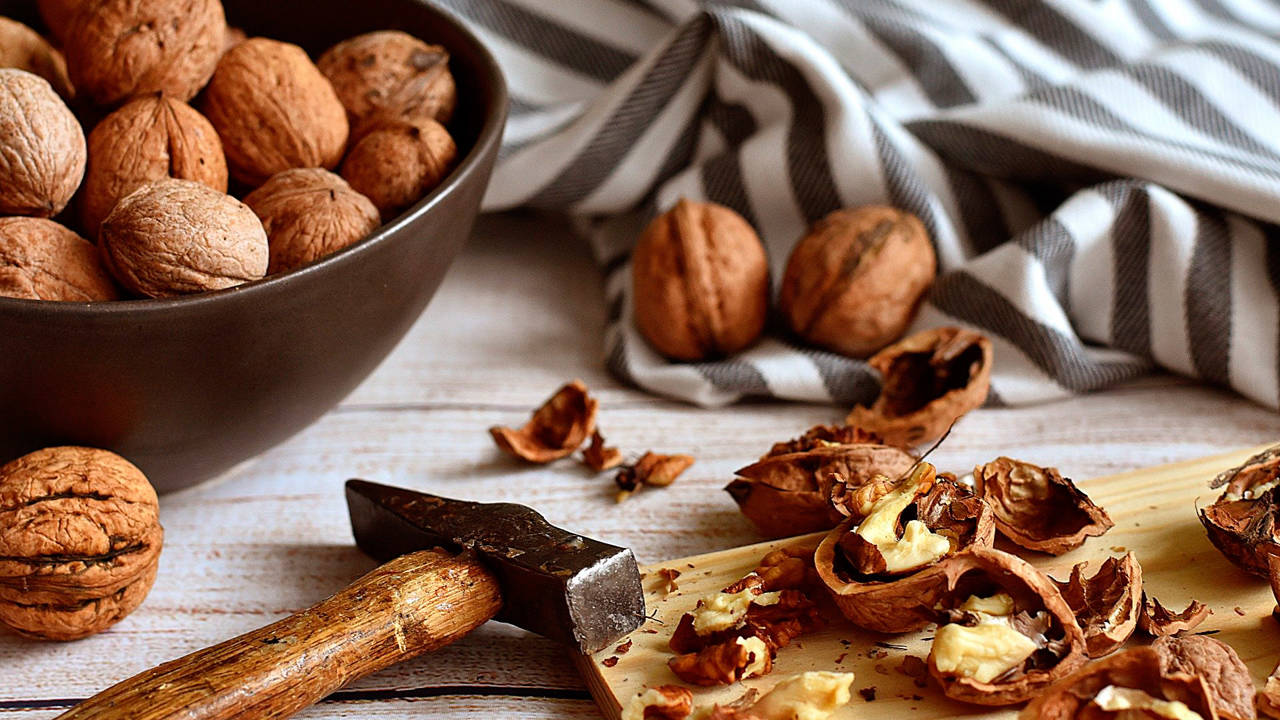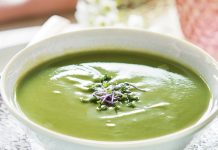Creating daily menus with nutrient-dense foods, which favor the feeling of satiety, allows you to eat a light diet with anti-inflammatory effect and reduce weight, if necessary.

- Satiating foods with high nutritional density
- Examples of how to include these foods in your day to day
- Satiating diet with fasting-like effect
The different types of fasting produce a number of benefits such as resting the digestive system, reducing inflammation, improving metabolic values such as insulin sensitivity and losing some body fat. But fasts can only be sustained for a few days…
We can design a very satiating diet that achieves similar effects and that can be maintained over time, which constitutes a model of healthy eating. In this diet it is essential the presence of foods with satiating properties such as those you will find in this article, which are appropriate foods, in addition, to lose kilos if necessary.
SATIATING FOODS WITH HIGH NUTRITIONAL DENSITY
Here is a selection of especially satiating and nutritionally dense foods, ideal for keeping inflammation at bay and maintaining weight. Play with them in your day to day: adding them to your meals will give you a feeling of satiety and you will not need to snack between meals.
Keep in mind that, to benefit from these satiating foods, it is important to accompany their inclusion in the diet of good habits, such as drinking plenty of water, not snacking between meals, moving or supporting the liver in its function.
It is not necessary to count calories, but avoid foods with additives, sugars or sweeteners.
It is also a good idea to start meals with warm or hot dishes, which stimulate less appetite, and cook vegetables al dente, to have to chew more, which increases the feeling of satiety.
AVOCADO
The avocado stands out for its richness in omega 9 monounsaturated fats, the same ones found in olive oil and contribute to cardiovascular health. It is rich in vitamin E with powerful antioxidant effect and fiber, which, in combination with fat, promotes the feeling of satiety.
- You can incorporate it into salads, savory preparations such as guacamole or sweets, such as a cocoa mousse.
FLAX AND CHIA SEEDS
Flax and chia seeds contain mucilaginous fiber, ideal for providing a feeling of satiety and for regulating intestinal transit. In addition, they are very interesting for their omega 3 fatty acids.
To take better advantage of their properties (fiber, omegas and proteins) it is necessary to grind them and soak them in water for at least 20 minutes.
- Chia pudding: I recommend it, with cinnamon, grated ginger, fresh fruit and vegetable yogurt.
CHICKPEAS
Legumes are rich in fibers and proteins that contribute to the feeling of satiety. The ideal is to consume at least one serving a day if you follow a vegetable diet. They can be prepared in stews, purees, hamburgers, etc.
- It is important to soak them for at least eight hours, wash them and cook them with plenty of water and kombu or bay leaf seaweed to deactivate the components that can cause intestinal irritation, gas and flatulence.
BUCKWHEAT
Buckwheat does not contain gluten, is rich in amino acids, fiber and antioxidants such as rutin, which improves circulation. In addition, it is versatile in the kitchen: you can prepare bread or crepes with or without egg.
- For an even more satiating effect, combine it with sautéed vegetables, seeds and nuts.
BLUEBERRIES
I recommend taking fresh blueberries daily, if it can be of organic origin, for its richness in antioxidants. About 100 g contains only 56 calories. Don’t be afraid to add them to your smoothies, salads, breakfasts, etc.
- Blackberries, raspberries and strawberries also provide micronutrients and few calories.
PINEAPPLE AND PAPAYA
Pineapple and papaya are a wonder of nature. In addition to a lot of vitamin C, both contain digestive enzymes (bromelain pineapple and papain papaya) and are rich in fiber, which regulates hunger and intestinal transit.
- After a meal rich in protein, both fruits facilitate your digestion. You can take them fresh as is or add them to chia pudding, or your favorite salad.
PUMPKIN AND SUNFLOWER SEEDS
Seeds are nature’s little treasures rich in fiber, polyunsaturated fats and micronutrients. Pumpkin seeds are rich in zinc and sunflower seeds stand out for their antioxidant vitamin E content.
- So that they are not irritating to the intestine, they should be soaked, washed and dehydrated or gently toasted in an oil-free pan.
DATES
It is true that dates are usually eliminated from diets to lose weight, but I recommend them in small quantities and occasionally, as they are rich in amino acids, minerals and fiber, and a good way to satisfy the need for sweet that often appears when we are dieting or at different times of the menstrual cycle.
- To slow down the absorption of their sugars you can take them with another high-fat food, for example, put macadamia nuts, a tablespoon of coconut oil or a little almond butter.
KALE
Kale is the green leafy vegetable with the highest nutritional density: it is rich in calcium, iron, magnesium, fiber, folic acid and beta-carotene, among other nutrients. Vegetables in general are interesting in a hypocaloric diet because you can eat them without limit to satisfy the appetite.
- You can eat it in many ways. Try it as dehydrated chips, sautéed in a wok with mushrooms, steamed with other cabbages, cream, etc.
COCONUT OIL
Coconut oil has antifungal and antiviral properties due to its content in lauric, capric, caprylic and polyphenol acids, and is included in the dietary guidelines for weight loss for its amount of medium-chain fats, which exert a thermogenic effect, that is, they help burn fat.
- Choose organic extra virgin coconut oil so as not to collaborate in the destruction of natural ecosystems.
NUTS
Rich in healthy mono- and polyunsaturated fats, amino acids and fiber, nuts are perfect for promoting the feeling of satiety.
- A handful of raw nuts (about 25g) a day are a perfect dessert and only add up to 130-180 calories.
EGG
The richness of fat-soluble vitamins and proteins of high biological value of the egg make it an almost essential food if you want to lose weight. I invite you to have egg breakfast in the morning and observe how you feel throughout the day, both energetically and digestively, and if the desire to snack disappears.
- Prepare it grilled with a drop of oil, poached or passed through water.
COCOA
One of the presentations of cocoa that I like the most are nibs, pieces of raw cocoa fermented or lightly roasted that provide minerals such as magnesium or chromium. They also provide antioxidants and substances such as anandamide that help improve mood.
- The presence of nibs in a preparation makes you chew each bite more times, which favors satiety.
SWEET POTATO OR PARSNIP
Sweet potato and parsnip have often been eliminated from weight loss diets. However, if they are cooked and then cooled in the fridge for 24 hours, some of their starch is converted into resistant type III starch, which satiates and feeds digestive bacteria with anti-inflammatory effect.
- Roast whole sweet potatoes with skin in the oven and leave them in the fridge to use them throughout the week to make a cream, an omelette, a Russian salad, etc.
EXAMPLES OF HOW TO INCLUDE THESE FOODS IN YOUR DAY TO DAY
You can have omelette or scrambled egg with kale for breakfast or prepare a chia pudding. Accompany it with pineapple or berries and a pure cocoa drink.
Complete your salads or vegetables with legumes, buckwheat, seeds and nuts. You can also prepare a vinaigrette with olive oil, vinegar and some finely chopped dates; The contrast of sweet with salty is wonderful.
Cook steamed parsnips, then mash them with a fork, water with a good splash of olive oil and add a little pepper. It will be a perfect dinner along with an egg and a piece of avocado.
SATIATING DIET WITH FASTING-LIKE EFFECT
Including satiating and nutritionally dense foods in your day to day is also proposed by Dr. Valter Longo, author of The Longevity Diet (ed. Grijablbo), who has proven that consuming 700 calories a day achieves the same effects as fasting. To do this, it proposes a diet rich in vegetable fats with sufficient protein and very few carbohydrates, from fruits and vegetables.
Dr. Longo’s low-calorie diet, which can be done two days a week, triggers the process of autophagy, which eliminates altered cells, and activates stem cells, which regenerate damage. Longo also recommends making meals within 12 hours (for example, finishing dinner at 20 p.m. and breakfast at 8 a.m.).








